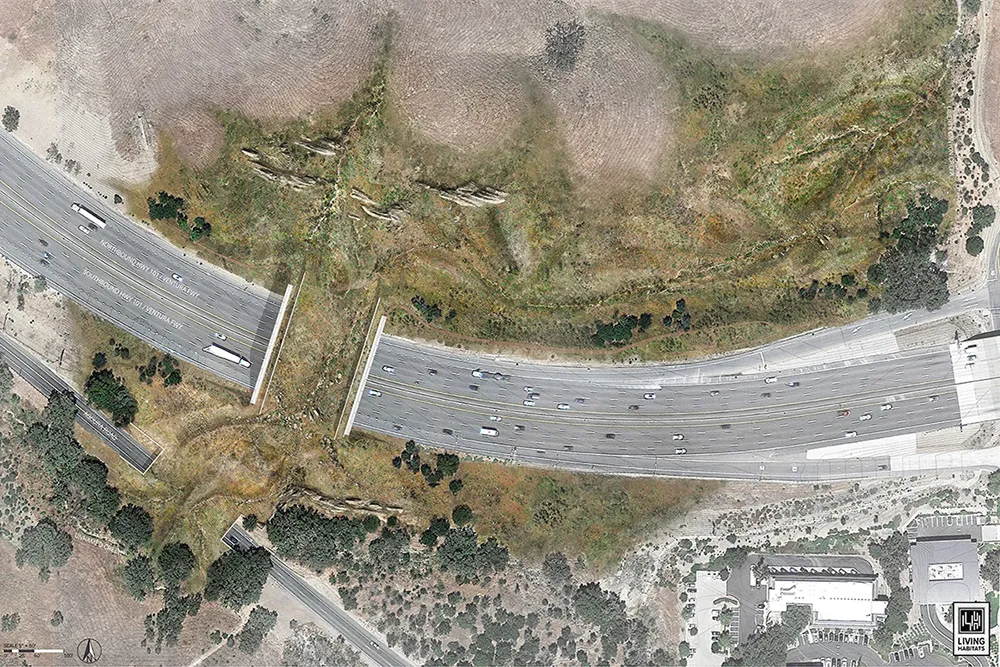
Covid-19 has brought the safety of cyclists and pedestrians into sharp relief as more road space worldwide has been given over to both – and a project which started pre-pandemic shows how technology can help vulnerable road users (VRUs) as traffic configurations change.
In London, UK, a busy roundabout by Old Street underground station used to be a collision hotspot. Four pedestrian subways leave the station and cyclists make up almost a third of all vehicles using the area – so it is no surprise that accidents there involved cyclists or pedestrians.
Change came in the form of a plan to close the north-western arm of the roundabout, creating a new peninsula space with the existing central island, and introducing a two-way signal-controlled layout. In essence it will be a U-shaped two-way flowing system, a gyratory more than a roundabout. New cycle lanes and crossings are being created, some segregated from vehicles with cycle-only signals to increase safety.
So far, so good. But since it started in May 2019 and is due to be finished in summer 2021, a long-term temporary solution for controlling cyclist, traffic and pedestrian movement was required during the transformation: step forward, SRL’s Urban64 solution.
A technology system using components from Swarco and Dynniq among others, its selling point is that it incorporates complex permanent traffic signals facilities - most notably low-level cycle signals - in a temporary layout. “It’s the only temporary traffic light system with permanent technology,” says John Cleary, MD of Urban64. “There is no other intelligent, temporary system - it’s the only system that can replicate a permanent controller.”
Truck danger
SRL worked with signal engineering and design expert Red Wilson Associates to create multiple temporary layout designs and methods of control, using intelligent thermal cameras to detect dedicated cycle phases.
In the UK, traffic drives on the left-hand side of the road. “The whole issue with danger around cyclists is trucks not seeing cyclists to their left,” Cleary explains. “All of a sudden the trucks turn left, and the cyclist is completely in the way.”
To combat this clear and present danger, various phases were configured. These included hold-the-left-turn (where ahead/left-turning cyclists and left-turning general traffic are separately signalled); early release (cyclists receive a green signal ahead of other traffic); two-stage turns (enabling cyclists to wait between signal phases and therefore avoid turning in conflict with other traffic); cycle gates (cyclists proceed from a ‘reservoir’ ahead of other traffic in both time and space, and are held while general traffic proceeds); and bus stop bypass crossings (a segregated cycle track running through the bus stop area behind the shelter, thus creating an island for passengers boarding the bus and alighting at the stop).
The other options for traffic control would have been a portable traffic light system with basic technology – which cannot do cycle phases - or ‘poles in barrels’, the traditional method of chopping off the permanent signal pole, putting it into a concrete base and moving it around the site as and when you need to change the lanes.
The latter approach was not feasible because the existing road layout was simply too different to the redesigned version. “The cabling across the road with the position of the existing infrastructure, the existing traffic signal equipment, was not in the correct location, so it would have been an absolute nightmare to maintain that cabling in the ground,” Cleary continues.
“In addition, they were changing it a lot: they were adding cycle phases to Old Street roundabout that weren’t there [previously].” In a sense this meant moving ahead to the final construction phase – but using temporary layouts. Cleary acknowledges that this could have been achieved without Urban64 but he thinks it would not have been safer “and they probably wouldn’t have had the complexity of traffic control”.









